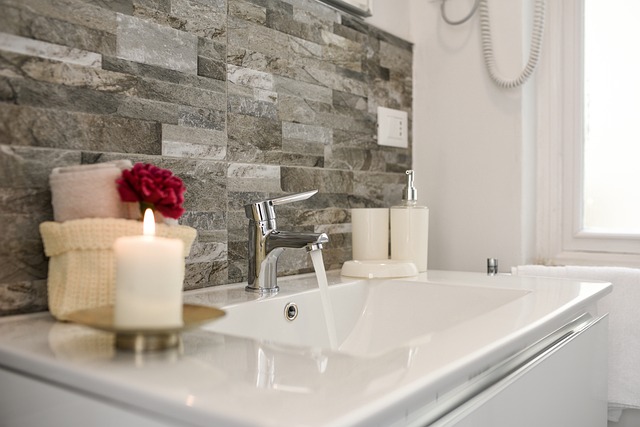- Have any questions?
- (844) 697-0656
Guide to Designing Homes for Sustainable Water Management

The Art and Science of Building Envelope Design for Homes
November 30, 2023
Designing Homes for Natural Disasters
December 5, 2023In an era where climate change is a looming threat, and water scarcity is becoming a global concern, the need for sustainable practices in every aspect of our lives has never been more urgent. One critical area that demands our attention is the way we design our homes. In this blog post, we will explore the concept of designing homes for sustainable water management, highlighting innovative strategies and technologies that not only conserve this precious resource but also contribute to the overall well-being of our planet.
Understanding the Water Crisis
Before delving into sustainable water management solutions for homes, it’s crucial to grasp the severity of the global water crisis. With an increasing population and the adverse effects of climate change, water scarcity is becoming a reality in many regions worldwide. In this context, responsible water usage is not just an eco-friendly choice but a necessity for ensuring a sustainable future.
The Role of Home Design in Water Management
The design of our homes plays a pivotal role in influencing our water consumption patterns. From the layout and landscaping to the materials used, every aspect can either contribute to water conservation or exacerbate the problem. Here are some key considerations for designing homes with sustainable water management in mind:
Smart Landscaping:
Begin at the exterior with thoughtful landscaping. Opt for native, drought-resistant plants that require minimal irrigation. Implement rain gardens and permeable surfaces to allow rainwater to replenish the ground rather than contributing to runoff.
Rainwater Harvesting Systems:
Embrace the power of rain by incorporating rainwater harvesting systems into home design. Collecting rainwater from rooftops can provide a significant supplementary water source for non-potable uses such as irrigation and flushing toilets.
Greywater Recycling:
Greywater, the gently used water from showers, sinks, and laundry, can be recycled for secondary uses like watering plants or flushing toilets. Designing homes with a separate greywater plumbing system allows for the efficient recycling of water that would otherwise go to waste.
Energy-Efficient Appliances:
Consider the water footprint of household appliances. Opt for energy-efficient washing machines and dishwashers that use less water while maintaining optimal performance. This not only reduces water consumption but also lowers energy usage.
Water-Efficient Plumbing Fixtures:
Install low-flow faucets, showerheads, and toilets to minimize water usage without sacrificing functionality. Modern technologies allow for designs that maintain user comfort while significantly reducing water waste.
Permeable Pavements:
When designing driveways and pathways, consider permeable pavement options. These surfaces allow rainwater to infiltrate the ground, reducing runoff and contributing to groundwater recharge.
Solar-Powered Water Purification:
Explore innovative technologies that utilize solar power for water purification. Solar-powered water treatment systems can provide a sustainable solution for homes in areas where clean water access is a challenge.
In the quest for sustainable living, designing homes with a focus on water management is a crucial step toward a more resilient and eco-friendly future. By integrating these strategies into home design, we not only reduce our environmental impact but also create spaces that harmonize with nature. As homeowners, architects, and builders join forces to prioritize water sustainability, we can contribute to a world where every drop counts and our homes become beacons of responsible living in the face of a growing water crisis. Let us embark on this journey toward sustainable water management, recognizing that the choices we make today will shape the water landscape of generations to come.


